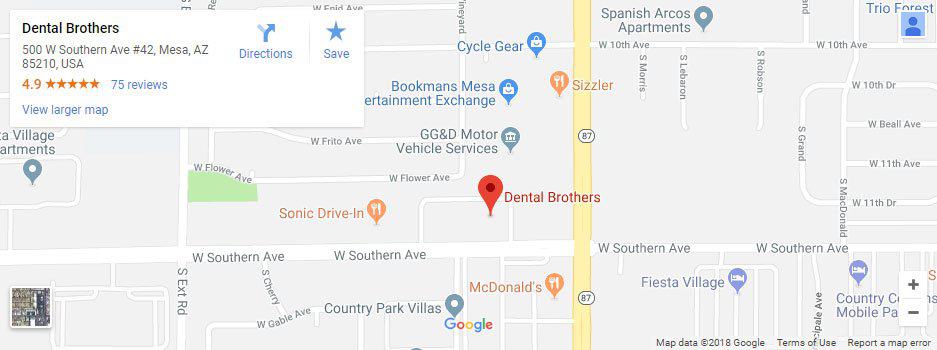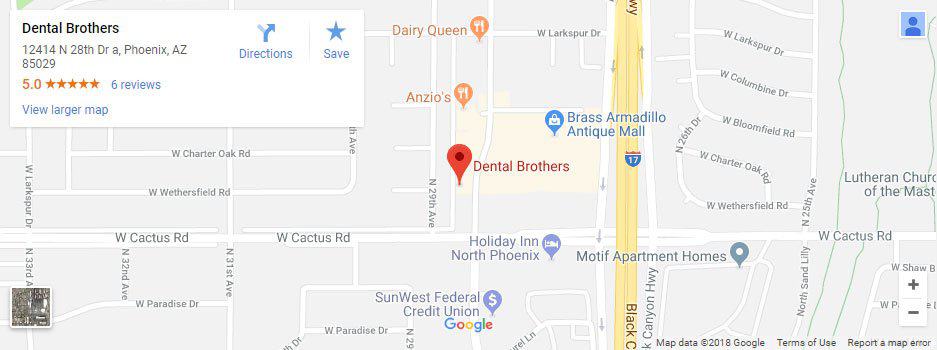In the past, the phrase “root canal” has inspired dread in many dental patients. Envisioned it as a tedious and painful process, many of these patients would put off the necessary procedure until the day-to-day pain in their mouth became unbearable. Fortunately, advancements in root canal therapy over the past decade have done much to relieve this once “scary” situation and it now boasts a success rate of more than 95%.
When Should You get a Root Canal?
Without treatment, the infection can become quite severe and painful, with swelling in the face and neck commonly occurring. The only alternative to a root canal in this situation is a full tooth extraction followed by replacement of the tooth with a bridge, partial denture or implant. All of these options are far more elaborate, time-consuming and, by extension, expensive.
How to Know if a Tooth is Infected
Occasionally the need for a root canal will be discovered by a routine dental exam – that is, before any pain is noticed by the patient – but usually the following symptoms are present.
- Pain while chewing
- Heat and/or cold sensitivity in tooth
- Discoloration of the affected tooth and, possibly other nearby ones
- Tenderness and swelling in the gums
What Happens During a Root Canal?
A root canal begins with the standard drilling process inside of the tooth to remove the bulk of the decayed interior. A smaller, rounded drilled is then employed to remove the rest of the decay and expose the actual tooth canals. Next, files of varying sizes are used to extract any nerve tissue remaining in the canal.
Once the removal and cleaning portion of the procedure is completed, the dentist will start to fill the canal with resin-covered “cones.” They are placed in every canal to ensure a tight fit. Any excess portions of the cones are then removed with a heated instrument. This tool is also used to further compact the cones into the canal. In severely damaged teeth, a metal post may also be placed to strengthen the tooth.
To fill the rest of the space in the tooth, a special UV-sensitive resin is used. Highly malleable at first, it is pushed into the space and then hardened with a bright light. Finally, the exterior of the old tooth is removed and a synthetic cap or crown is molded and inserted. Over time, the gums will heal naturally and the tooth will be saved.
If you are in pain, please contact us at the Dental Brothers for an appointment. We will work with you to determine if a root canal or other dental procedure is right for you.
Services
Take care of your dental hygiene by scheduling a visit to our dentists today!
Your Dentists in Mesa
Call 480-664-1449
Your Dentists in Phoenix
Call 602-993-0670



